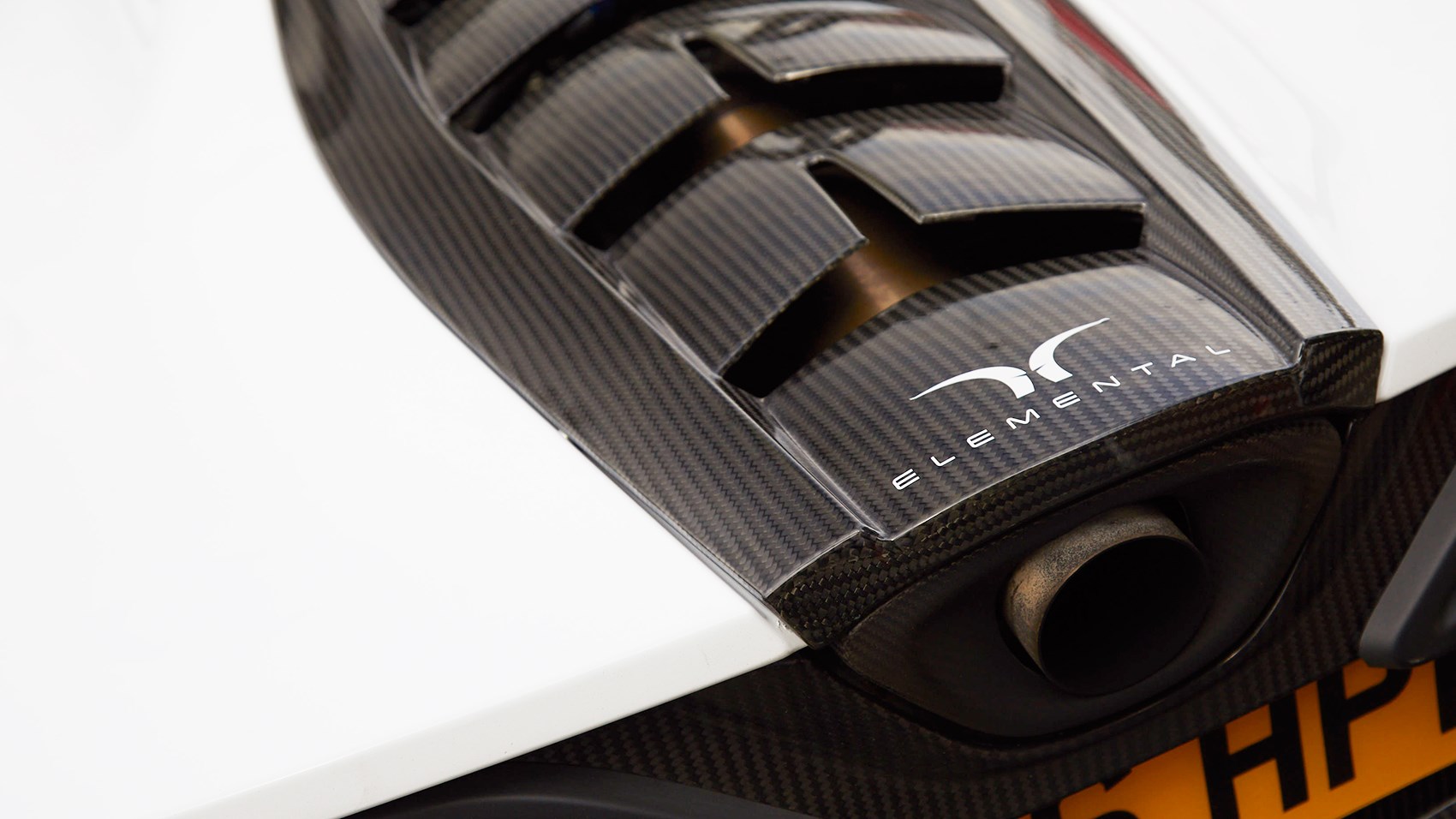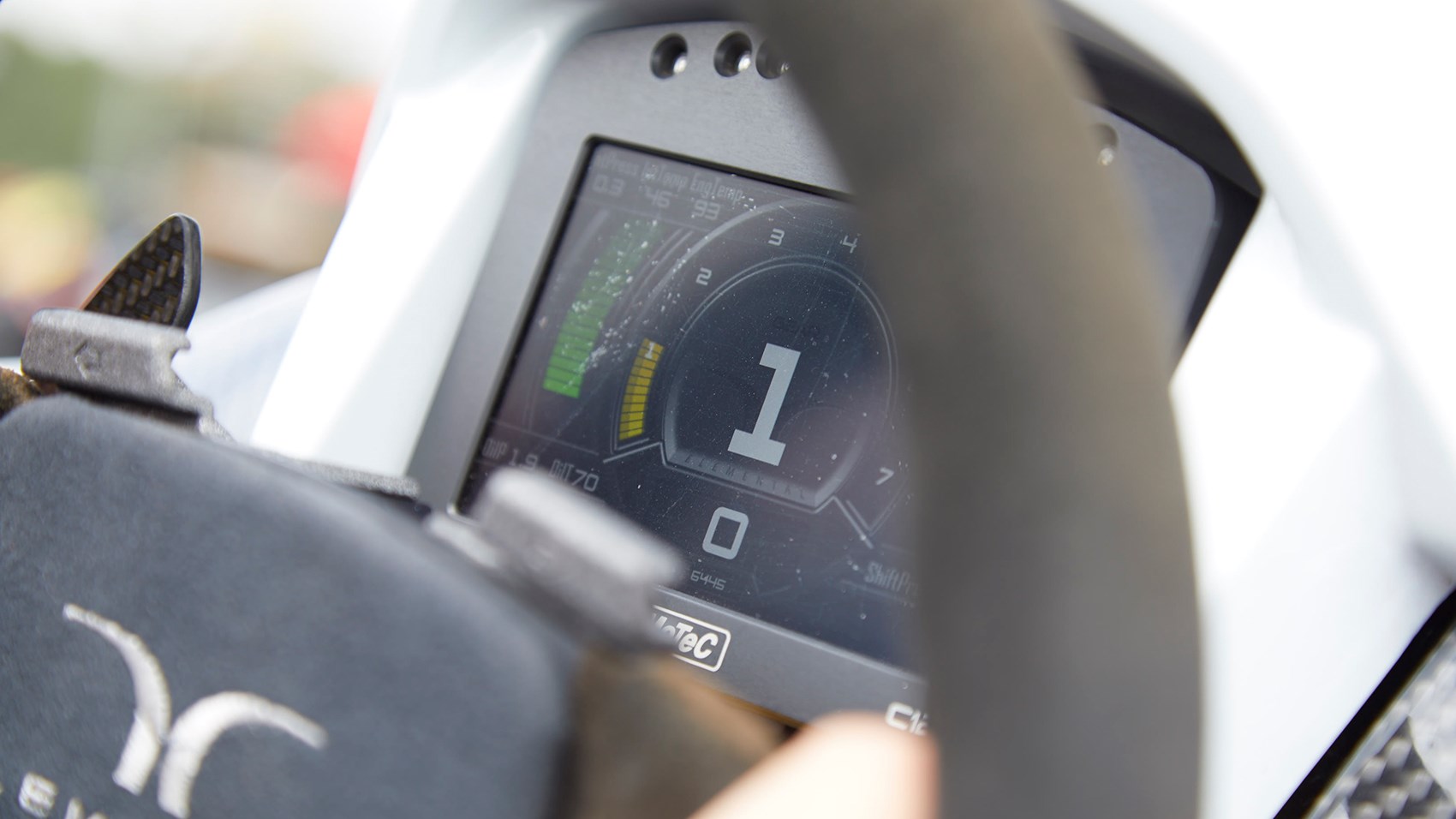► Independent British manufacturer
► No roof, but plenty of downforce
► High price, very high performance
Once upon a time, if you wanted a trackday car, you got a Caterham Seven. It’d been around for decades in essentially the same guise, didn’t lose its value, and you picked which engine you wanted and off you went.
But in 2000, Ariel arrived on the scene with its extreme Atom – a marriage of scaffolding poles and a K-series engine – and shook up the landscape. Since then Austrian motorcycle manufacturer KTM has bought carbonfibre chassis to the track-day scene in the form of the X-Bow, Radical has converted its race cars for road use, and new boy BAC has got in on the act too, with its unique single-seater Mono that has pushed prices into Ferrari 488 territory.

It’s a diverse market, stretching from less than £20k to well over £150,000 – but let’s not forget that plenty of companies have fallen by the wayside, including Zenos earlier this year, which went into administration before being bought by AC Cars and having production moved from the UK to South Africa.
That’s not to dampen your spirits before we drive the new Elemental RP1, but to outline the realities of this market. Especially when the RP1 costs nearly £100k…
What is the Elemental RP1, then?
The vision of company founder John Begley, who’s worked on BTCC race cars, and for McLaren in both the Formula 1 team and road car department. Reckoning the existing crop of trackday cars weren’t up to scratch, he formed Elemental in 2012, hand-picked his ideal team, and set about designing the RP1.
Its key selling points are a carbon composite tub, and a ‘feet-up’ driving position that allows for some trick underbody aero to produce 500kg of downforce. The former means the dry kerb weight is kept under 600kg, while the latter means no obvious wings and things but rather a huge, invisible helping hand through the corners.

Climb over the sides (there are no doors), drop down into the carbon seat, and you’ll find your feet raised up. It doesn’t feel as extreme as you’d expect, nor does it feel unnatural, and by getting your lower body up and out of the way, two big channels can guide the air out behind the front wheels to generate the downforce. A large rear diffuser then makes sure the loads are balanced out at both ends.
The result is downforce from about 60mph, and about 200kg worth from 100mph, but less drag than a big rear wing would produce – and the agility of a lightweight track car together with the vertical load on the tyres of a much heavier vehicle.
Does it work on track?
It does – the hype is real. An Ariel Atom feels on edge while a Caterham without the most extreme rubber wants to understeer through fast corners, but the Elemental RP1 just grips and goes. Forget washing wide or worrying about the front going light during elevation changes, those invisible forces keep it tracking true. It’s mighty, able to mix it with real racing cars.
And whereas a KTM X-Bow (which also sports a carbonfibre monocoque) somehow feels heavy and cumbersome, the RP1 instead feels light and agile. The super-stiff structure, together with dampers set for road use during our test, also means it’s compliant over kerbs, while the steering is superb, the brakes are absolutely mega from high-speed, and full-throttle flat shifts using the six-speed sequential ’box and steering wheel-mounted paddles are pure bliss. You only need the clutch pedal for first and reverse, too.
What about life on the road with the RP1?
Once you’re used to it, it’s fine. But at first… You’ll constantly stall because of the long-travel clutch and a biting point that’s only at the very, very, very top. Don’t come expecting a radio either. Or air-con. Unless you unzip your jacket. And either you’ll love the wind rushing over your helmet and the sense of being ‘at one’ with the RP1 and everything around you, or you’ll actually find life inside a helmet is some sort of sensory deprivation that removes all the forms of communication you’re used to having with a car.
Away from the adrenaline rush of the track you’re more aware of the rest of the RP1, especially it’s engine. For now it’s a turbocharged 2.0-litre Ecoboost motor from Ford, but a larger 2.3 is coming – not with any more power, but to more easily meet worldwide emissions regulations. It majors on torque rather than a screaming top end, so it’s perfect for overtaking or punching you out of corners, and it gets quicker and quicker as you cycle through the Road, Track and Race engine maps, moving up from 240 to 280 and finally 320bhp.
Though what it doesn’t have is either a naturally aspirated Caterham’s throttle response or a supercharged Atom’s insane top end shriek. It’s probably on par for pace with the latter (which means it’s about as quick as anything on the road) but it’s a more relaxed experience compared with the eyes-on-stalks Ariel.
The chassis only enhances that experience – a Caterham follows every rut, an Atom is never not scary, but the RP1 soaks everything up with aplomb, and that composure lets you focus on the driving experience rather than having to keep it out of the undergrowth.
I’m presuming it’s not practical…
That depends on your point of reference. It’s no regular ‘car’, but unlike, say, an Ariel Atom, it has bodywork to keep off the wind and the rain, and compared with a BAC Mono, it has double the number of seats. Elemental are working on an optional windscreen, too.
There is luggage capacity as well. It’s not a boot as such, rather two saddle bag-esque pods, one either side of the engine. A tent and a helmet they’ll take, but it’s not one for the weekly shop.
But if you’re not used to these sorts of track-day cars, then it’ll take time to get used to the usual foibles. Like climbing over bodywork rather than opening a door. Getting wet when it rains. Getting buffeted by the wind on the motorway. And straining to see what’s behind you in the wing mirrors.
Verdict
Does the practicality of track day cars matter? If it doesn’t and you just want to be blasting round a circuit whenever you can, then we’d always wonder whether you’d be best served with a cheap Caterham that you don’t mind abusing.
Want a real adrenaline rush? You could be racing a Radical for a season for around £45k. The entry-level SR1 might not be all carbon like the RP1, but when there’s a field of them swarming around you, will you care?
Want something you can use on the road as well? Second-hand Cayman GT4s cost about the same as a new RP1…
Or forget the rational approach, the price comparisons, and just marvel at the damn thing. It is superb on track, both safe and supremely fast thanks to that downforce, and equally stellar on the road. If you’ve got the money and the time to spend on track, we’d wholeheartedly support your decision. And that Cayman GT4 won’t see which way you went!